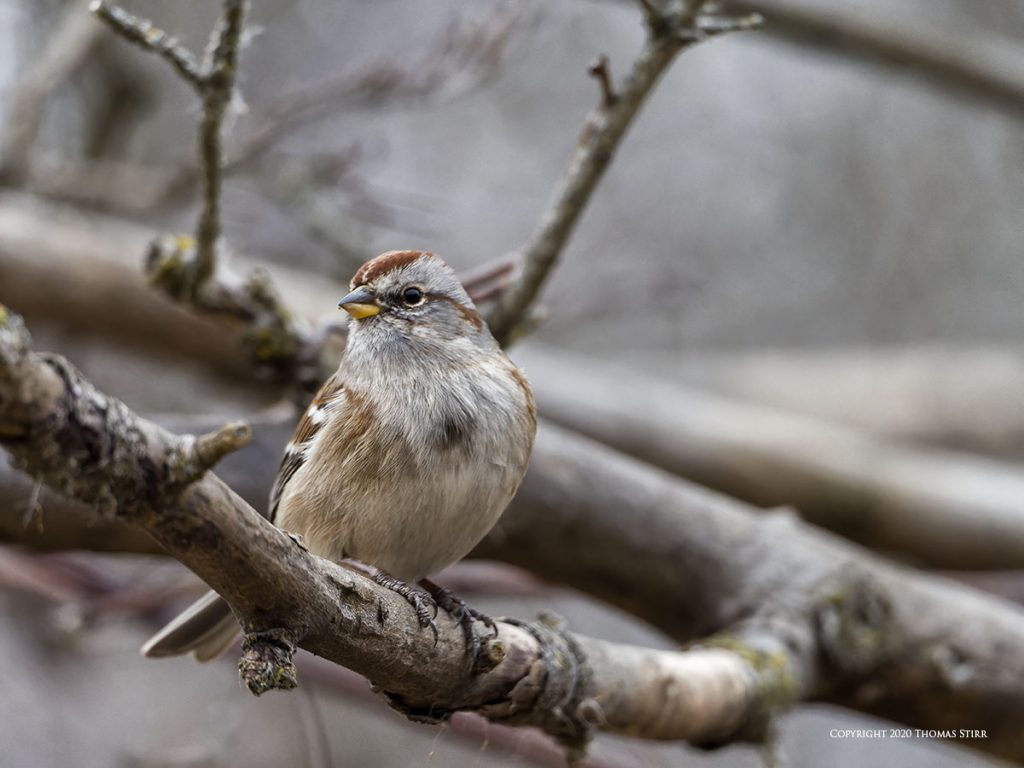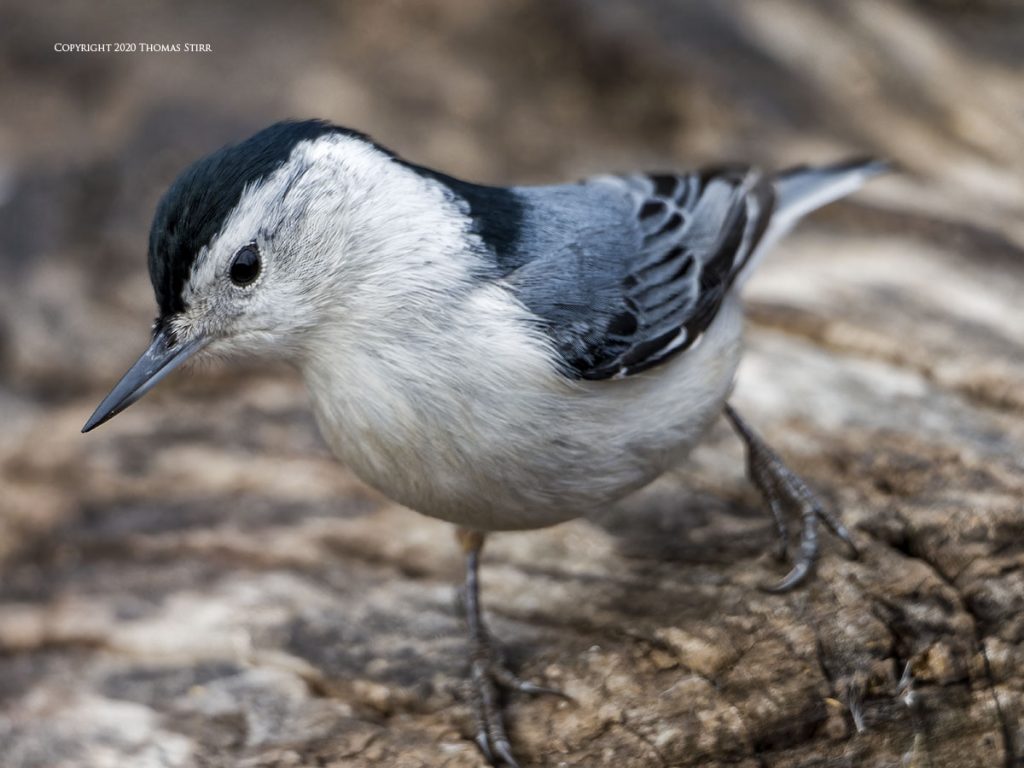This article shares a selection of images captured handheld using the E-M1X’s Bird AI with the M.Zuiko 75-300 mm f/4.8-6.7 II zoom lens.
Using this particular M.Zuiko zoom lens with an E-M1X camera body may seem like an odd pairing. I used this combination specifically to test whether the E-M1X’s Bird Detection AI would make any noticeable difference to image sharpness. The M.Zuiko 75-300 mm f/4.8-6.7 II is quite a competent lens, especially for its size/price. Having said that, it is the least sharp M.Zuiko lens that we own.
It occurred to me that shooting with this lens wide open, fully extended to 300 mm (efov 600 mm), when using Bird Detection AI, would be an interesting observational test. Typically shooting wide open at maximum focal length with any long telephoto zoom lens challenges it to the maximum.
All of the images in this article were shot handheld on a predominantly overcast day. I did not do anything special to these photographs in post and utilized my standard bird settings. In fact, I actually did less than I normally would do with bird images in post with most of the photographs displayed in this article.
Let’s have a look at a selection of photographs. These images are representative of both the species I often photograph, and shooting distances I typically use for this subject matter.










Obviously this is not a scientific test, but rather an observational exercise. None-the-less I found it very instructive.
I was surprised with how much of a difference using the E-M1X’s Bird Detection AI technology made to the sharpness of the images I captured with the M.Zuiko 75-300 mm f/4.8-6.7 II zoom. Not only was there a noticeable difference to my eye, but I ended up doing less in post than I normally would, simply because the extra work was not needed.
Based on this little exercise, it seems logical to me to think that a photographer using the E-M1X’s Bird Detection AI technology would get better results from any given telephoto zoom lens, than they would using the traditional auto-focus system on another M4/3 camera body when photographing perched birds.
Some folks may wonder why I almost never mention M4/3 gear other than Olympus. I have limited experience with Panasonic cameras, but did own a Panasonic GH4 for a short period of time before I returned it for a refund. One of the main reasons for that decision was the auto-focusing performance that I experienced with the GH4 when attempting to photograph perched birds. It was simply unacceptable and noticeably inferior to the Nikon 1 V2 bodies I was using at the time. This was especially true in lower light situations.
It has been recognized for a long time that lenses perform to different levels depending on the body with which they are tested. This small exercise indicates that new imaging technology in the firmware of a camera can also have an impact.
Technical Note
Photographs were captured hand-held using camera gear and technology as noted in the EXIF data. Images were produced from RAW files using my standard process. Crops are noted where appropriate.
How you can help keep this site advertising free
My intent is to keep this photography blog advertising free. If you enjoyed this article and/or my website and would like to support my work, you can purchase an eBook, or make a modest $10 donation through PayPal. Both are most appreciated. You can use the Donate button below. Larger donations can be made to tom@tomstirr.com through PayPal.
Word of mouth is the best form of endorsement. If you like our website please let your friends and associates know about our work. Linking to this site or to specific articles is allowed with proper acknowledgement. Reproducing articles, or any of the images contained in them, on another website or in any social media posting is a Copyright infringement.
Article and images are Copyright 2020 Thomas Stirr. All rights reserved. No use, duplication or adaptation of any kind is allowed without written consent. If you see this article reproduced anywhere else it is an unauthorized and illegal use. Posting comments on offending websites and calling out individuals who steal intellectual property is always appreciated!


thanks for information
You’re welcome!
Tom
What are your base setups for Bird AI on you M1X?
Hi Reno,
I engage C-AF+TR, and select the Birds option from the Intelligent Subject Tracking menu. At the moment I’m using a single AF point, along with a frame rate of 10 frames-per-second in silent shutter mode. Whether I stay with this approach remains to be seen. With COVID-19 restrictions I haven’t had many opportunities to practice, especially with birds-in-flight.
Tom
Hi Tom: I hope you had an enjoyable holiday. I have been reading many of your articles regarding pro capture and have found them quite instructive; thank you. My question is this: I typically utilize back button focusing rather than shutter release focusing in that I have a difficult time discerning the transition from half depressed-only focusing to fully depressed-releasing the shutter. With pro capture the only way to spool the saved photo data is to half depress the shutter release. Can I depress the back button focusing button instead of half depressing the shutter release to engage the spooling-saving of photo data function, and then when ready to take the shot depress the shutter release? Will that technique engage the spooling-saving of photo data process in the same way as half depressing the shutter release does-which as stated, I have a hard time discerning the half depress from the full depress in pro capture mode (or any shooting mode). Thank you. Paul Israelson
Hi Paul,
Although I have owned cameras with back button focus, I’ve never used back button focus with any of them… so I have no experience with this feature at all. It does take some practice to discern the half depressed shutter release position… a bit of a ‘hair trigger’.
Tom